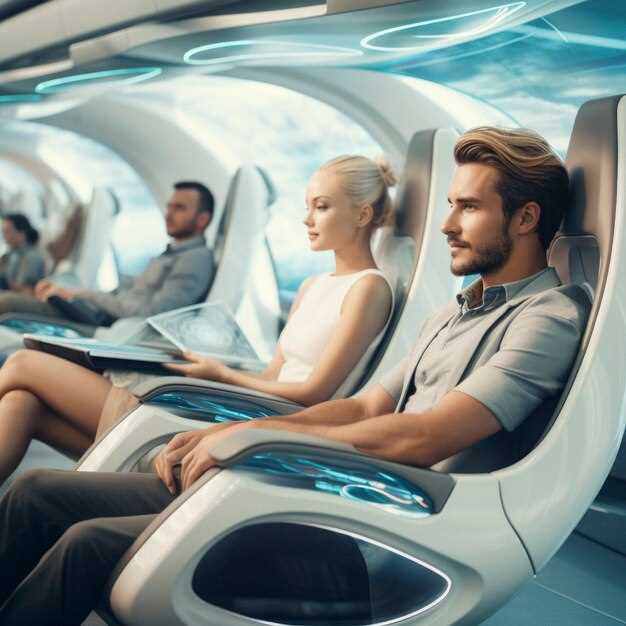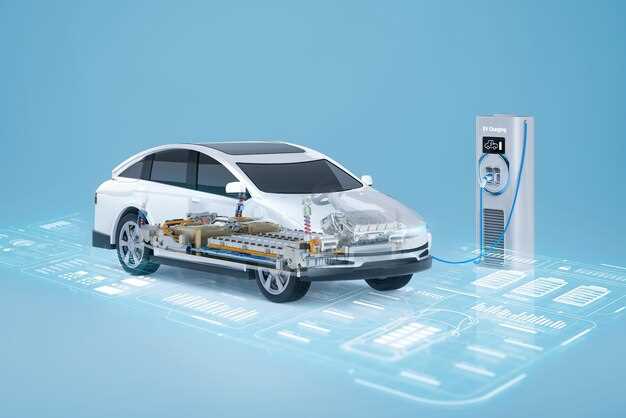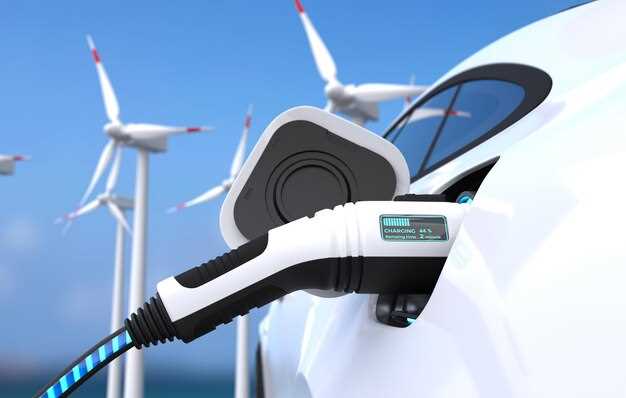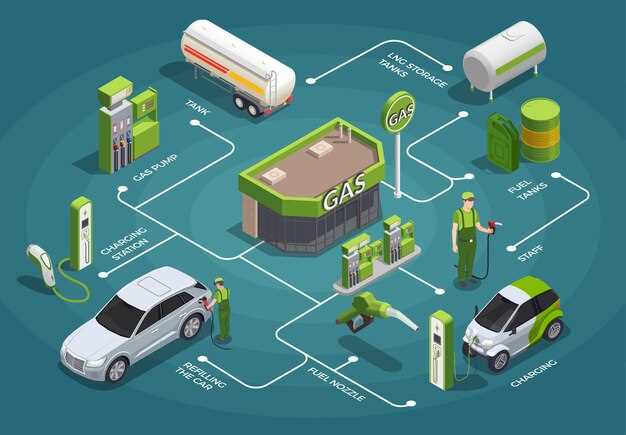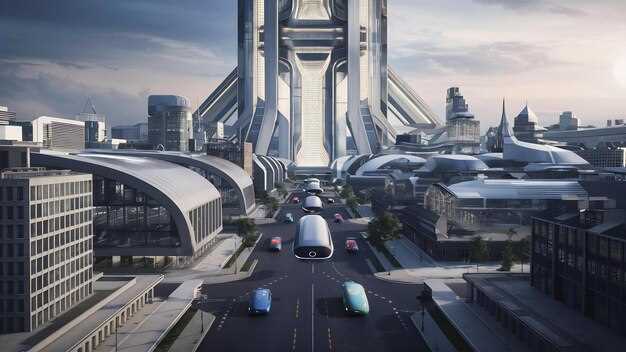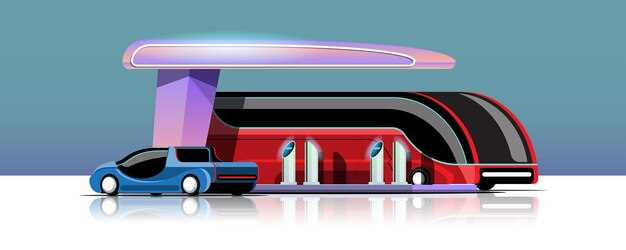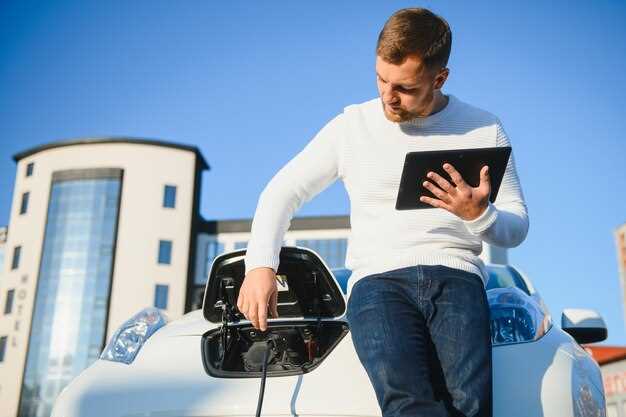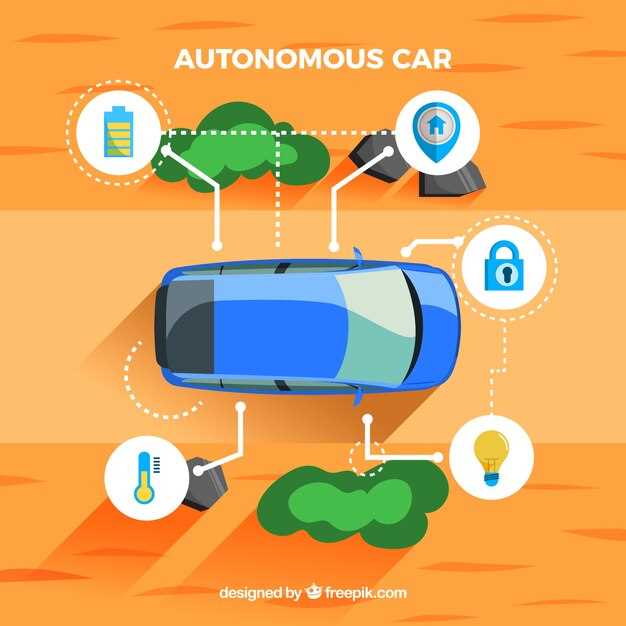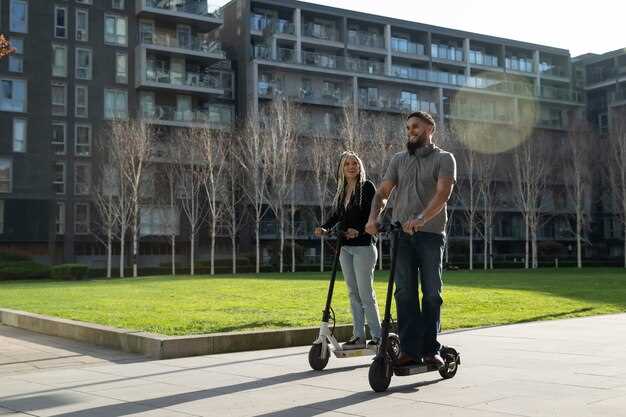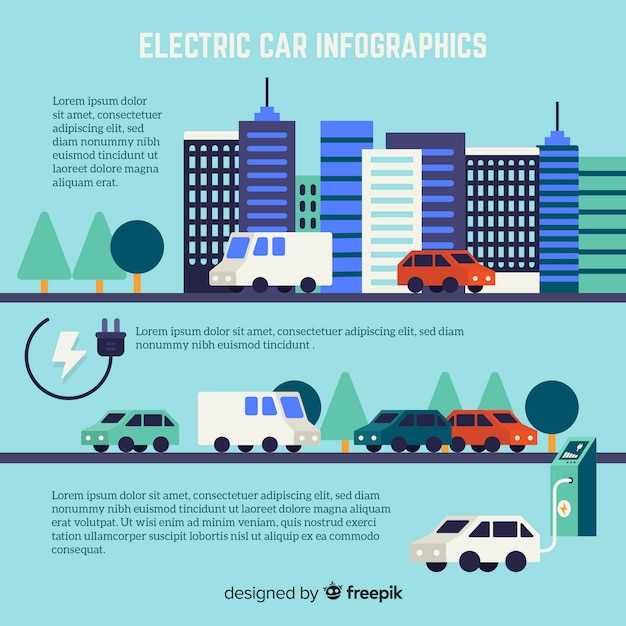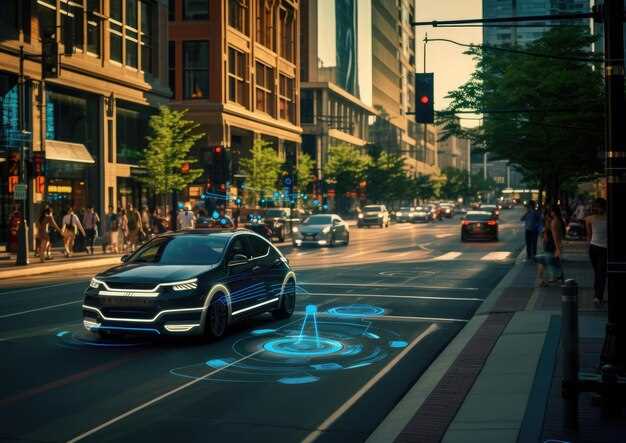
The advent of autonomous taxis is poised to revolutionize urban mobility, transforming cities into hubs of smart transportation systems. As these driverless vehicles become increasingly prevalent, they are expected to reshape the way people navigate urban landscapes, potentially reducing traffic congestion, lowering emissions, and improving overall accessibility.
One of the most significant benefits of autonomous taxis is their capacity to enhance smart mobility. By utilizing advanced technologies such as artificial intelligence and real-time data analysis, these vehicles can optimize routes and reduce waiting times. This efficiency not only contributes to a more streamlined transportation experience but also encourages a shift away from personal vehicle ownership, which has long been a contributor to urban congestion and pollution.
Moreover, the integration of autonomous taxis into existing public transportation networks can create an ecosystem where mobility is more integrated and user-friendly. This approach allows cities to reimagine public spaces, allocate resources more effectively, and promote sustainable transit alternatives. As urban populations continue to grow, the challenges of transportation will demand innovative solutions, making the role of autonomous taxis increasingly vital in our ever-evolving urban environments.
Reducing Traffic Congestion Through Autonomous Ride-Sharing
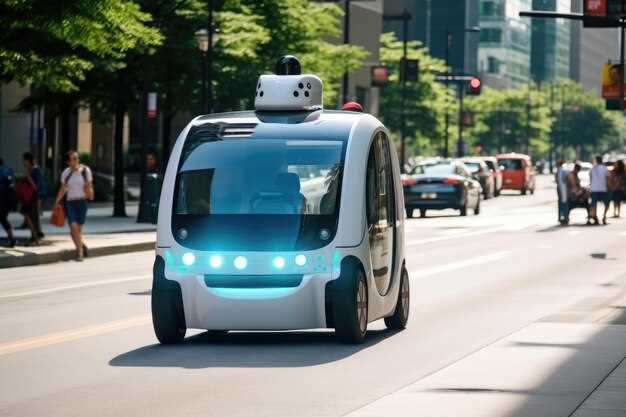
The advent of autonomous taxis presents a transformative opportunity to alleviate traffic congestion in urban environments. By leveraging advanced algorithms and real-time data, these self-driving vehicles can optimize routes and reduce the number of cars on the road through effective ride-sharing mechanisms. This approach not only enhances mobility but also minimizes the environmental impact typically associated with traditional taxi services.
One of the primary advantages of autonomous ride-sharing is its potential to increase vehicle occupancy rates. With fewer cars required to transport the same number of passengers, the overall traffic volume can decrease significantly. Autonomous taxis can intelligently coordinate pickups and drop-offs, allowing multiple riders heading in the same direction to share a single vehicle, effectively reducing the number of trips made and lessening congestion.
Moreover, autonomous systems can respond to traffic patterns in real-time, adjusting their routes based on current conditions. This dynamic adaptability enables ride-sharing services to avoid congested areas, thus improving travel efficiency and reducing the time spent on the road. By integrating GPS technology and traffic analysis, autonomous taxis can make informed decisions that prioritize quick and direct routes, further streamlining urban mobility.
In addition, the shift towards autonomous ride-sharing may reduce dependency on personal vehicles. As people embrace this new mode of transportation, the demand for parking spaces will decrease, freeing up valuable urban land for parks, bike lanes, and pedestrian pathways. This change in land use can lead to more livable cities, enhancing the overall quality of life for residents.
Ultimately, implementing autonomous taxis within a ride-sharing framework offers a viable solution to combat urban traffic congestion. By embracing this innovative mobility solution, cities can foster more efficient transportation networks that benefit both the environment and the citizens who inhabit them.
Influence of Autonomous Taxis on Public Transportation Systems
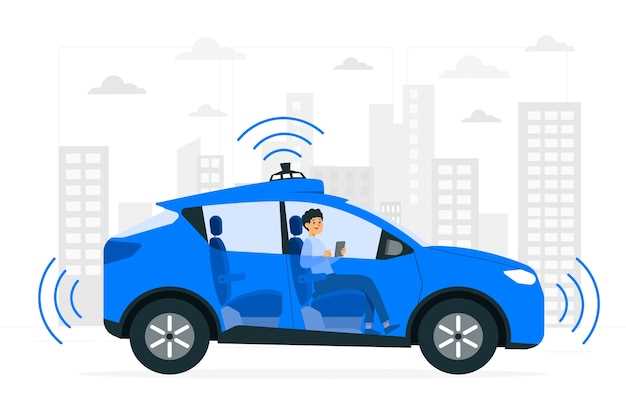
Autonomous taxis represent a significant advancement in smart mobility, offering a transformative impact on public transportation systems. By integrating autonomous vehicles into existing transit networks, cities can enhance the efficiency and accessibility of transportation services. These self-driving taxis can operate on-demand, reducing wait times and increasing convenience for users, which encourages a shift from private car ownership to shared mobility solutions.
The integration of autonomous taxis can lead to optimized transit routes and schedules, minimizing congestion and emissions. With smart algorithms, these vehicles can dynamically re-route based on current traffic conditions, ensuring faster and more effective travel times. Furthermore, the presence of autonomous taxis can complement existing public transit options by bridging gaps in service, particularly in underserved areas where traditional public transportation may be limited.
Autonomous taxis are also capable of providing real-time data on travel patterns, contributing to improved planning and infrastructure development. Transportation authorities can utilize this information to make informed decisions on where to allocate resources, adjust transit services, and enhance overall urban mobility strategies. Ultimately, the synergy between autonomous taxis and public transportation has the potential to create a more integrated and user-friendly transportation ecosystem.
While the adoption of these smart mobility solutions poses challenges, such as regulatory frameworks and public perception, the long-term benefits for urban environments are substantial. By reducing reliance on conventional vehicles and promoting efficiency in transit systems, autonomous taxis can significantly contribute to sustainable urban development. As technology continues to evolve, the role of autonomous vehicles in public transportation will become increasingly crucial in shaping the cities of the future.
Urban Infrastructure Adaptations for Autonomous Vehicle Integration
The integration of autonomous taxis into urban environments necessitates significant adaptations to existing infrastructure. To facilitate the seamless operation of smart, autonomous taxis, cities must rethink road layouts, signage, and traffic management systems. Enhanced connectivity and communication networks are essential to ensure that these vehicles can interact with other road users and infrastructure elements effectively.
One major adaptation involves the development of dedicated lanes or zones for autonomous vehicles. These lanes can enhance traffic flow and safety, minimizing interactions with conventional vehicles and pedestrians. Additionally, infrastructure must include smart traffic signals optimized for real-time data from autonomous taxis, enabling dynamic adjustments based on current conditions and demand.
Sidewalks and pedestrian pathways also require redesigning to accommodate the needs of autonomous taxis. Drop-off and pick-up zones must be strategically placed to ensure minimal disruption to pedestrian traffic. These zones should be equipped with smart technology, allowing taxis to communicate with the infrastructure for efficient operation.
Furthermore, the implementation of advanced sensor systems throughout the urban landscape is crucial. These sensors can monitor traffic patterns and environmental conditions, providing vital data that helps improve the performance of autonomous taxis. Integration with existing smart city technologies will enhance overall urban mobility and safety.
Lastly, urban planners must consider the implications of autonomous taxis on parking infrastructure. With a potential decrease in the need for traditional parking spaces, cities can repurpose these areas for green spaces, bike lanes, or additional road capacity, leading to more sustainable and livable urban environments.



